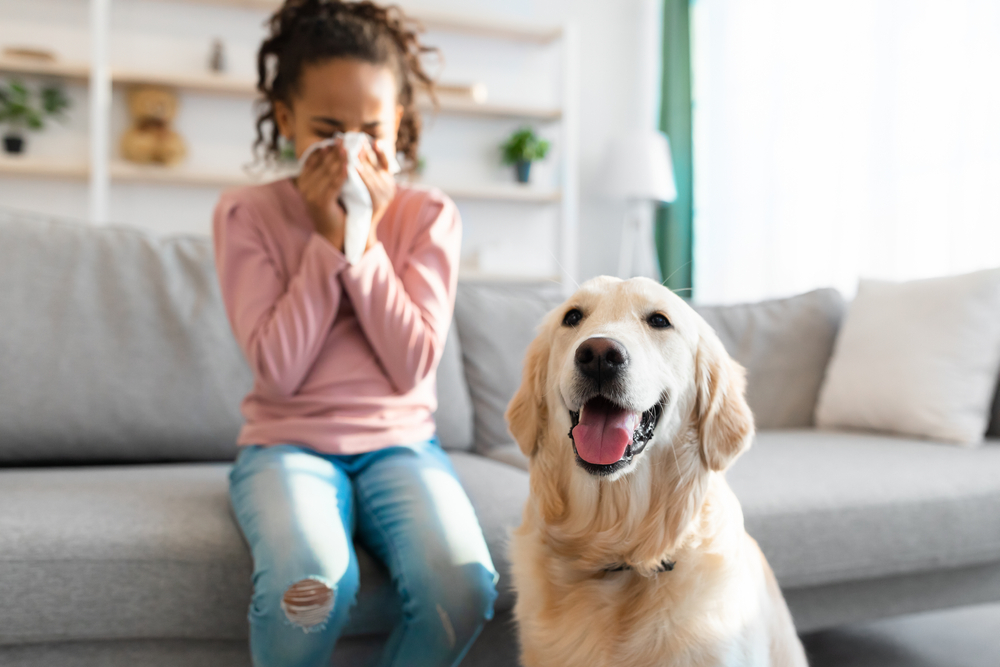While dogs are often referred to as “man’s best friend,” the situation can be less friendly when they trigger your allergies. Here’s a guide on managing pet-related allergies.
What are allergies?
An allergy is your body’s over-response to something in the environment. Developing an allergy to your pet occurs when you undergo an allergic reaction to a protein present in their skin cells, saliva, or urine.
The likelihood of experiencing triggers increases when your pet sheds dead skin flakes, commonly known as dander. Allergic reactions can be caused by shedding in any furry animal, although it is often associated with cats and dogs.
Cats often cause more allergies than dogs, but it can vary from person to person. Fascinatingly, among common allergens such as mold, dust mites, pet dander, and pollen, cat dander is the smallest. This implies that the allergen can linger in the air for at least 30 minutes after being disturbed in a room. For those allergic to cats, avoiding these triggers becomes nearly impossible.
What are common signs of pet allergies?
The frequent symptom people experience is the inflammation of their nasal passages. This can include symptoms like:
- a runny nose
- sneezing
- sensations of itchiness in your eyes, nose, and roof of your mouth
- postnasal drip
- facial pressure and pain
For individuals with pre-existing asthma, breathing challenges may intensify, accompanied by chest pain and disruptions in sleep.
Allergic dermatitis may also develop, which causes symptoms including itchy skin, red patches, hives, and eczema.
How can you manage pet allergies?
By reducing exposure to pet allergens, you can anticipate milder and less frequent allergic reactions. Naturally, the most effective way to prevent pet allergies is to avoid contact with the animal whenever possible.
There are medications that may help. They include:
- Antihistamines are effective in alleviating symptoms like itching, sneezing, and a runny nose. Prescription antihistamines can be administered through a nasal spray.
- Corticosteroids, when delivered as a nasal spray, help reduce inflammation and manage symptoms.
- Decongestants are also beneficial, as they shrink swollen tissue, making breathing easier.
Schedule an appointment with an ENT specialist for allergy testing or if these treatments provide relief.
